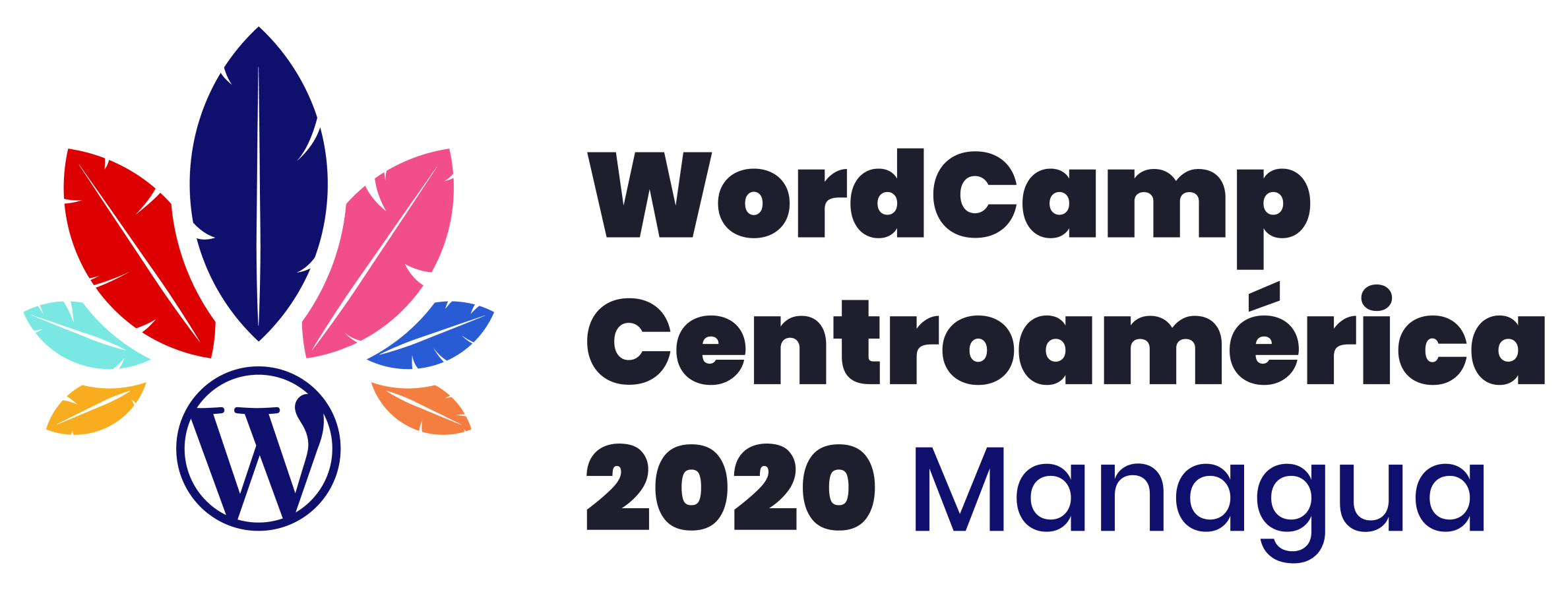Contents
Get around
Traveling around Managua is relatively simple, but as in any major city, tourists are advised to exercise basic caution. Don’t be flashy, avoid sketchy neighborhoods and don’t walk alone at night and you’ll be fine.
While violent crime reported against tourists is rare, there is opportunistic theft, such as pickpocketing and scamming.
Not all Nicaraguans speak English, specially older people, but what they lack in language skills they make up in kindness. Nicaraguans are one of the friendliest people around and they will be more than willing to help you enjoy your stay here.
Buses
The local bus network is extensive, organised, and probably the cheapest way to get around Managua. The bus fare costs C$2.50 (about $0.07 US dollars). The buses run from about 6am to 8pm and there are no fixed time tables. There is an online map of Managua’s public transportation and a schematic (paper) map.
⚠️ Be aware that during peak hours (7-9am and 4:30-6:30pm) the buses can be extremely crowded and tight in terms of space. This is also the preferred time for pickpocketing, so be aware of your belongings at all times. ⚠️
Taxis
All taxis in Managua have a «TAXI» sign on the roof and a white license plate with two horizontal red stripes at the top and the bottom. Every licensed taxi have a yellow/black (odd license plate number) or white/black stripe (even license plate number) painted on the side of the vehicle, as well as the license plate number and the logo of the cooperative they belong to («Individual» are unaffiliated taxi drivers).
The taxis in Managua are collective taxis, they pick up passengers on the route that you travel on. Usually this means that 3-4 passengers ride in a car with a common or similar destination. If you stop a taxi with a passenger on it, always ask where they’re going or you could end up with an unwanted tour around the city.
The taxis are unmetered, so you have to negotiate the price beforehand. A 5km taxi ride costs around $2-2.50 US dollars for one person. Expect to pay an additional 20-30% for each additional passenger. After 10pm, the taxi fare goes up by 30-50%.
The taxis work in three shifts (6am to 2pm, 2pm to 10pm and 10pm to 6am). The odd/even numbered taxis work the first or second shift on alternate days and the third shift is free for all. Please note that it can be difficult to get a taxi when the shift changes around 2pm.
⚠️Taxis are relatively safe to use. If you’re travelling at night, it’s best to bring a local with you or use a ridesharing app.⚠️
Ridesharing apps
There are several local apps you can use, such as Ray and Aventón. You can pay cash with those apps or add your credit/debit card. You can also use the InDriver app that let’s you put your own price on the taxi fare.
Ray
Ray have different price points depending on the type of vehicle (Classic, Premium and Deluxe). A 5km ride averages from $3.40 (Classic) to $4.30 (Deluxe) US dollars. Expect a 30% increase during peak hours and a 50-60% after 9pm.
Aventón
Out of the three apss, Aventón is on the pricey side. A 5km ride costs about $4 US dollars. Much like the Ray App, expect a price increase during peak hours and at night.
InDriver
InDriver is an international company offering ridesharing services in Managua. The concept is that you request a ride and put the price you are willing to pay, and then drivers take your order or make a counteroffer. InDriver is cash-only and the only one available in English.
⚠️Be aware that InDriver is the latest app in entering the local market and the drivers can be somewhat inexperienced. Some drivers might try to overcharge you arguing that they misunderstood your order.⚠️
By bike/On foot
While Managua is perhaps the least bikeable city in the country, it is the center of the embryonic beginnings of bicycle activism and advocacy with a critical mass ride dating back to 2011. Few dedicated cycle routes exist and many roads and roundabouts were designed for cars only.
Walking around Managua can be a frustrating experience. Few areas are designed to be walkable, traffic is heavy and in the dry season dust gets everywhere. There are some decent strolls to be had where downtown Managua used to be before the 1972 earthquake and the municipality has made an effort to revitalize the lakefront around Puerto Salvador Allende, but all in all, locals don’t walk long distances when they can avoid it.


